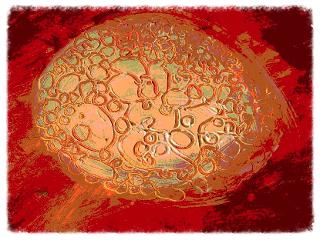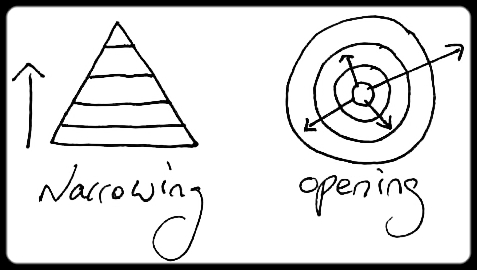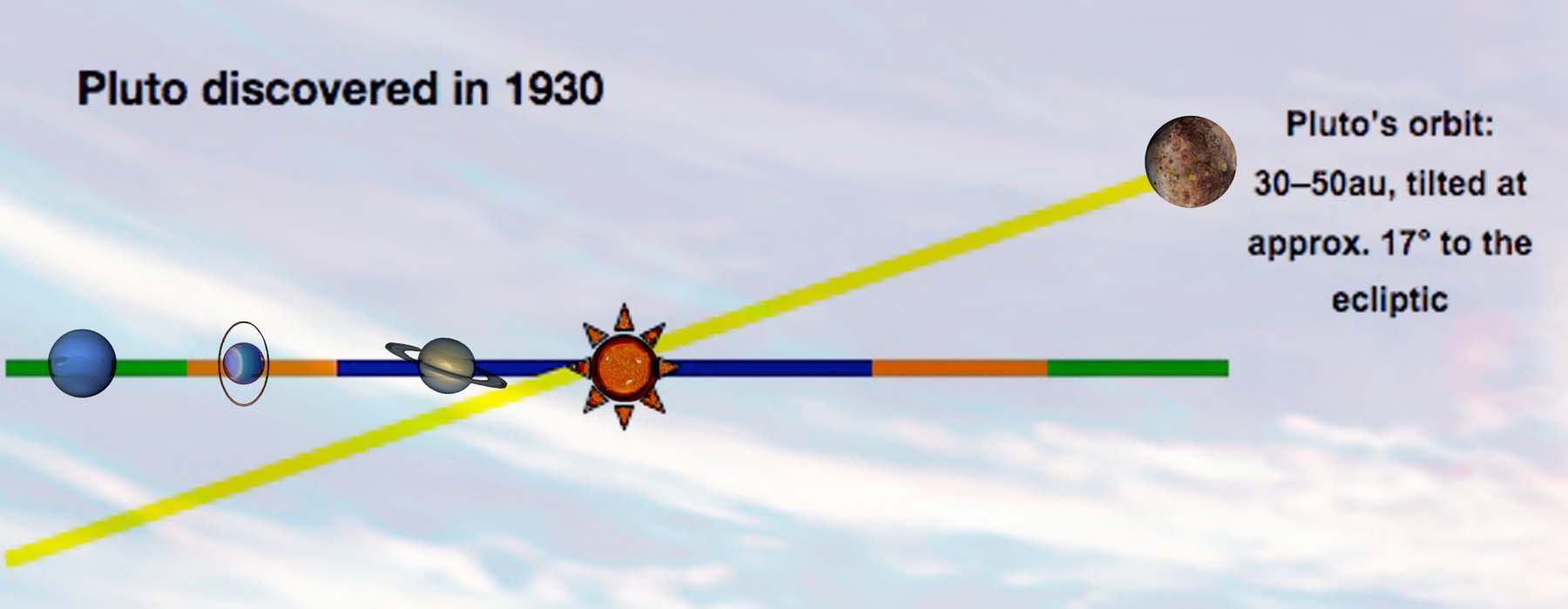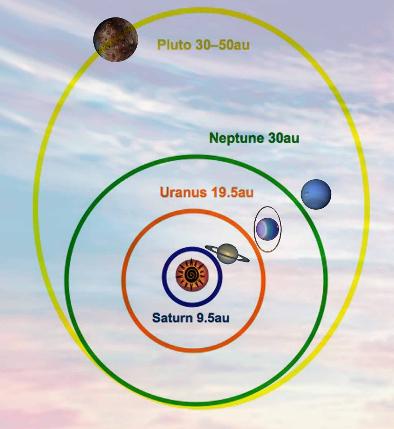Integral

Dictionary definition of ‘Integral’: Essential to completeness; intrinsic to something.
The integral approach was initiated through the works of a number of diverse luminaries, including Rudolf Steiner, Sri Aurobindo and Jean Gebser. But perhaps more than anyone it is Ken Wilber who has established 'Integral Theory' as a legitimate area of study through his intellectual genius, his extensive writings and his direct experience of transcendental realms through meditation.
Integral Theory is an attempt at a theory of everything.
My Take on an Integrated Theory of Human Life:
‘The attempt to integrate all human endeavour in all fields—throughout the continuum of human existence—with the evolutionary continuum of nature and with the existent world within which we live, into a cohesive intelligent systemic picture.’
This attempt recognizes that our present level of consciousness is only a partial view and that beyond our horizon are mysteries of the cosmos surpassing our wildest imagination.
Ken’s Axioms
At this point we should turn to Ken Wilber, who has written over 25 books, translated into some 30 foreign languages, for a definition of ‘integral’:
‘The word integral means comprehensive, inclusive, non-marginalizing, embracing. Integral approaches to any field attempt to be exactly that: to include as many perspectives, styles, and methodologies as possible within a coherent view of the topic. In a certain sense, integral approaches are “meta-paradigms,” or ways to draw together an already existing number of separate paradigms into an interrelated network of approaches that are mutually enriching.’
Ken Wilber, 2003
And why do we need this approach?

‘In our current post-modern world, we possess an abundance of methodologies and practices belonging to a multitude of fields and knowledge traditions. What is utterly lacking, however, is a coherent organization, and coordination, of all these various practices, as well as their respective data-sets. What is needed is an approach that moves beyond this indiscriminate eclectic-pluralism, to an "Integral Methodological Pluralism"—driving toward a genuine "theory of everything" that helps to enrich and deepen every field through an understanding of exactly how and where each one fits in relation to all the others. Through the Integral approach, we reveal the previously unseen possibilities for a better, more compassionate, and more sustainable future for all of us.’
Ken Wilber
Augmenting the Recognized Integral Approach
The questions that arise from this, for me, are:
Q: What are the ‘legitimate’ areas of study and what testimony of human experience is acceptable to an integral framework?
A:
The answer has to be that all and everything must be considered
carefully. Thanks to my own experience, I have been able to include such
areas as astrology—which has not, so far, been properly understood by
integralists within the movement.
Q: What is fundamental, or primary, to existence?
A: Like many others, I answer this from a position that states ‘consciousness is causal’.
Q: To the best of our consciousness, what is the Big Picture?
A: The picture of everything evolves with human consciousness, thus I would emphasize the following two points:
- The planetary scale of our existence is starting to permeate our collective focus;
- The developmental view of consciousness, culture and the self presents the most compelling vista of the structure and path towards the planetary stage.
My own integral position recognizes the human species as an integral part of the totality of Earth’s domain. Furthermore, within the totality of the human species, there is a structure based on the expansion of consciousness through a stage-by-stage process. All stages coexist and all are essential for our evolutionary development. For example, an early stage of development such as the primal, instinctive body foundation is still vital to our progression—we still need a body and that body has to survive, even if we are exploring other dimensions of being.
The term ‘expansion’ in my model therefore recognizes an increase in complexity of awareness. Expansion is radial rather than pyramidal; opening rather than narrowing.
‘Integration’, however, does not truly begin until the level of Pluto Enchantment (aka spiral consciousness), where consciousness itself moves above the flatlands of the previous stages, while still being involved. At the level of Pluto Enchantment, the developmental stage-by-stage process becomes accessible.


Pluto is tilted at 17 degrees to the ecliptic (called its ‘inclination’) and therefore its orbit extends beyond the band of the Zodiac
(the band of the Zodiac extends only 8–9 degrees north and south of the ecliptic). Pluto’s orbital tilt contrasts markedly with that of Neptune and all the other ‘proper’ planets, since they are confined to the plane of the ecliptic. It is as if Pluto can see more
than the other planets, beyond the boundaries of the ecliptic.
Pluto can also see the other planets, not something those lying on the flat plane of the ecliptic can do. Because Pluto starts to see the whole of the solar system, the consciousness of Pluto Enchantment brings in the understanding of complex living systems—we can now perceive the earlier Enchantments and the system of developmental stages. Pluto’s orbital tilt does indeed correspond with the consciousness that Pluto Enchantment generates.

Then, in Chiron Enchantment (aka toroidal consciousness) integration is truly experienced, as consciousness now reconnects more fully with the earlier stages. With Chiron Enchantment the feedback flow of the toriodal energy field is intrinsic to the experience of reality. Chiron unlocks the door that was closed off with Saturn Enchantment.
Speaking Holographically: Astronomical Structure Reflects Development
In my schema, the expansion and integration of consciousness are founded upon a deep structure that permeates existence. Existence is holographic. The deep structure of human development is a fractal of the solar system. My proposal is that the structure of the solar system itself is intrinsic to the development of human consciousness.
The journey of the Sun’s radial energy directly reflects the journey of consciousness. Light—meaning the full spectrum of electromagnetic radiation—is homologous with consciousness.
© Copyright Laurence James Lucas; September 2014
Website design: Carey Vail